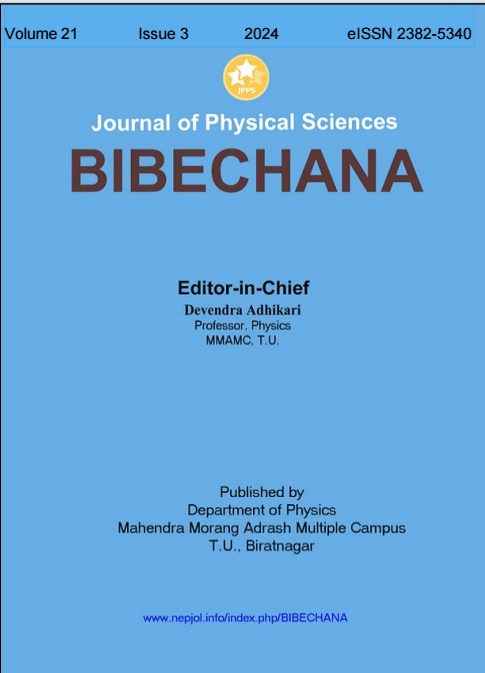Evaluating and predicting losses from thunderbolt and fire events in Nepal: A regression analysis with moving averages approach
DOI:
https://doi.org/10.3126/bibechana.v21i3.63069Keywords:
Disaster, Thunderstorm, Fire, Forecasting methodAbstract
Nepal is prone to natural disasters, including thunderbolts and fires, due to its geographical location. However, the lack of awareness and preparedness has exacerbated the impact of these disasters, as evidenced by the current serious pandemic situation. Urgent attention is required in terms of financial, social, and technological development to effectively manage thunderbolt and fire incidents. This study examines the frequency and severity of thunderbolt and fire incidents in Nepal over the past 48 years, revealing a concerning trend of increasing losses and incidents. Despite this alarming situation, the issue remains largely overlooked. It is imperative for relevant agencies to take decisive actions to mitigate the losses caused by these disasters. Implementing awareness programs and ensuring preparedness are crucial steps towards reducing the impact of disasters and safeguarding communities from their devastating consequences.
Downloads
Downloads
Published
How to Cite
Issue
Section
License
Copyright (c) 2024 The Author(s)

This work is licensed under a Creative Commons Attribution-NonCommercial 4.0 International License.
This license enables reusers to distribute, remix, adapt, and build upon the material in any medium or format for noncommercial purposes only, and only so long as attribution is given to the creator.




